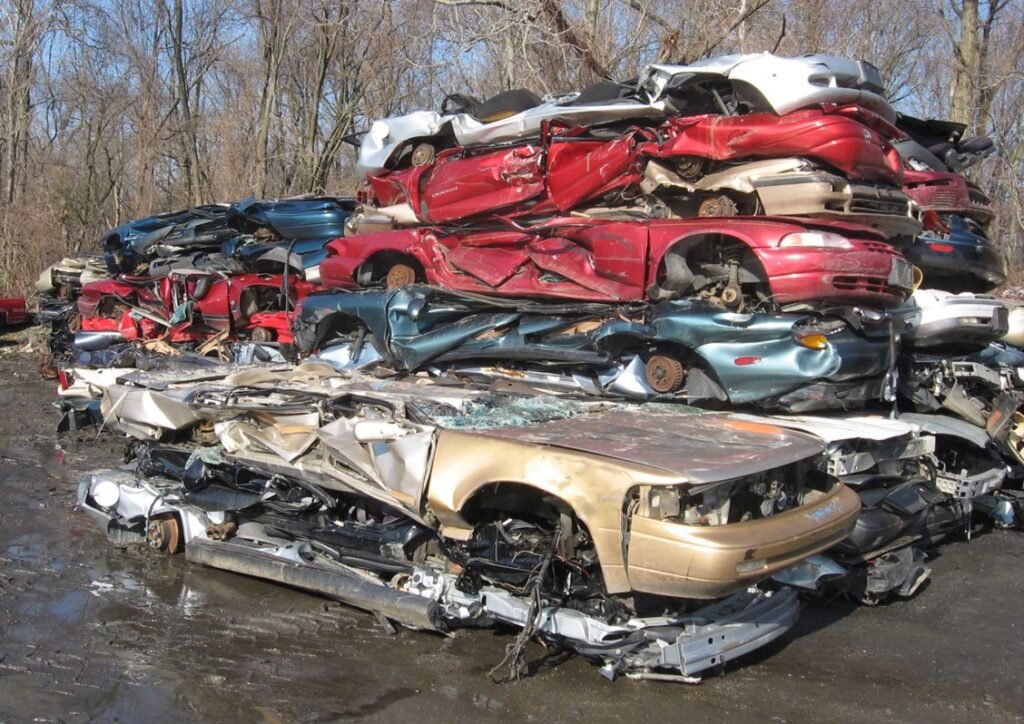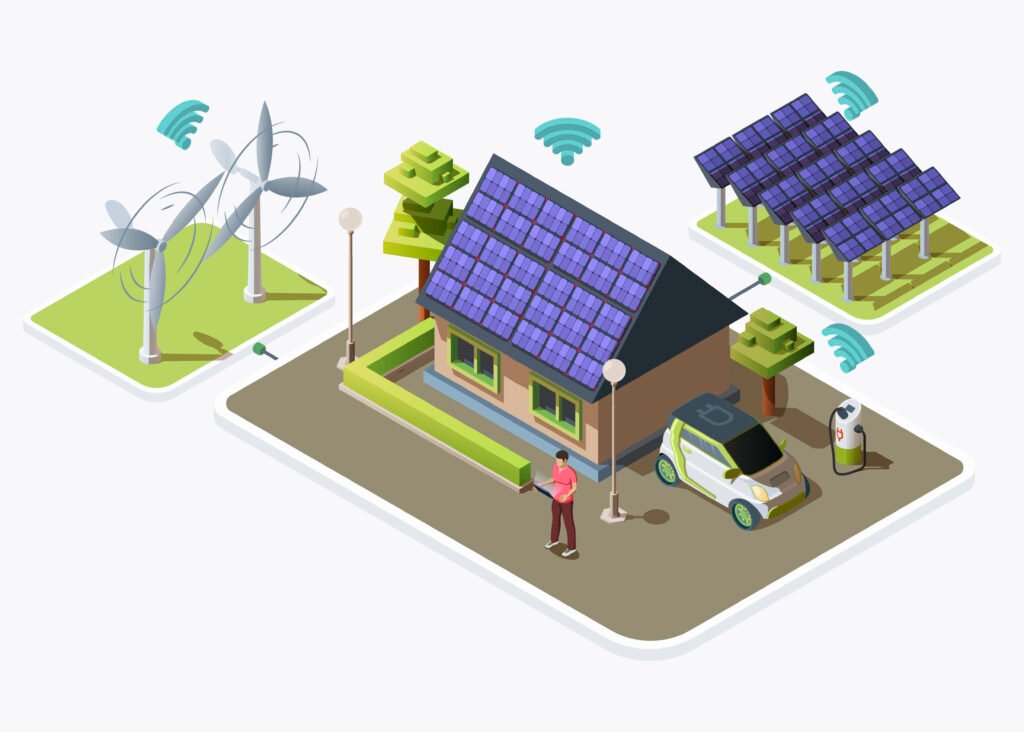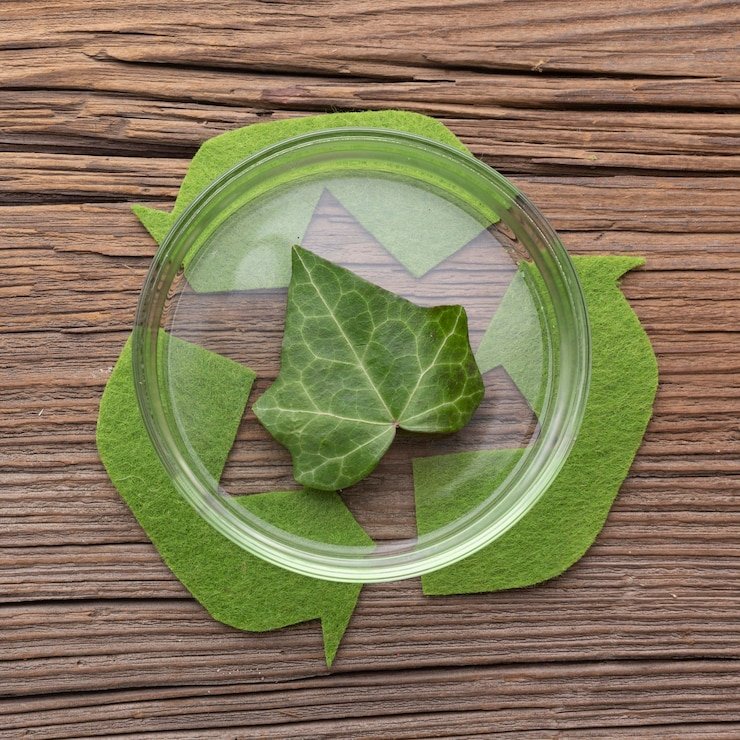Not all end-of-life scrap is equal. If an end-of-life car is simply flattened, baled, and thrown straight into the shredder, you get a dirty, heterogeneous mix—steel, copper, aluminium, plastics, glass, rubber, residual oils and brake fluid all mixed together. This output is difficult and expensive to reuse because it is a mix of materials, some of them useful, some not.

End-of-life scrap needs to go through a value path of segregation to separate the reusable materials from the low-value residues. The value path includes the following:
- Depollute & dismantle: Firstly, all fluids need to be drained; tires, batteries, airbags, catalysts etc removed. Then parts with known chemistry: engines, motors, alternators, radiators, die-cast aluminium, wiring looms, stainless components removed or “harvested”. Keeping these streams separate preserves their grade and value. Wire needs further treatment—mechanical stripping or granulation approved de-insulation —so the copper isn’t mixed with the wire insulation.
- Shred & sort the remainder: Once the high-value fractions are out, the hulk is shredded. Magnets lift out ferrous; eddy currents separate conductive non-ferrous; dense-media and optical/XRF/LIBS sorters upgrade zorba/zebra mixes into cleaner aluminum, copper, and brass streams.
- Optional but costly pre-melt refining: Some mixed or contaminated streams go through a melting/refining step to burn off oils/paints and skim impurities before final alloying. This works, but it’s energy-intensive and needs specialist furnaces, fluxes, and emissions control.
Clean, segregated, spec-compliant secondary material can be used as a substitute for primary virgin material in a wider range of applications, therefore achieving premiums. It also lowers embodied CO₂ by avoiding unnecessary remelting and rejects.



